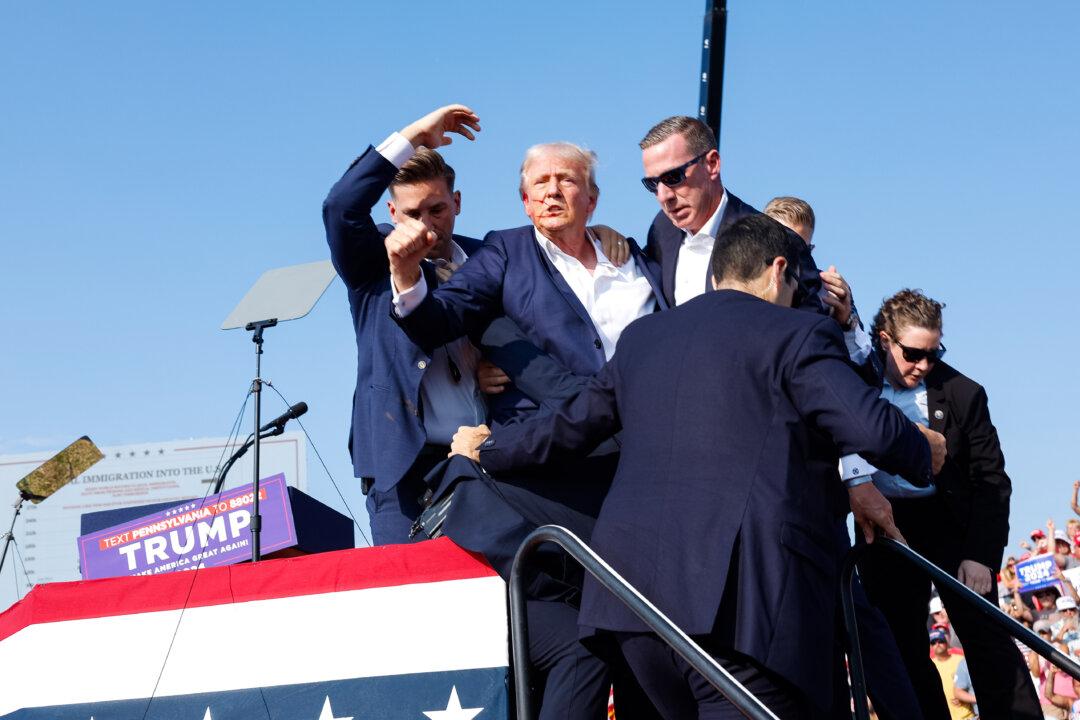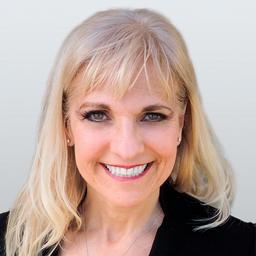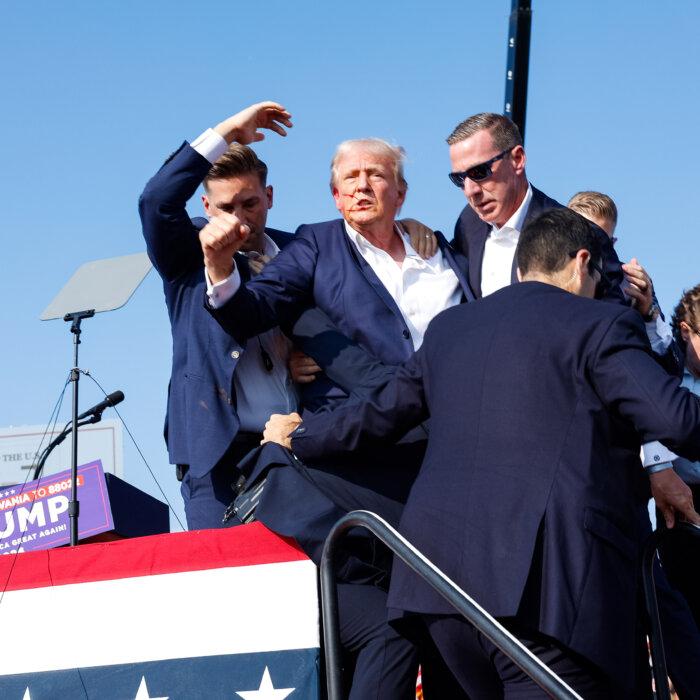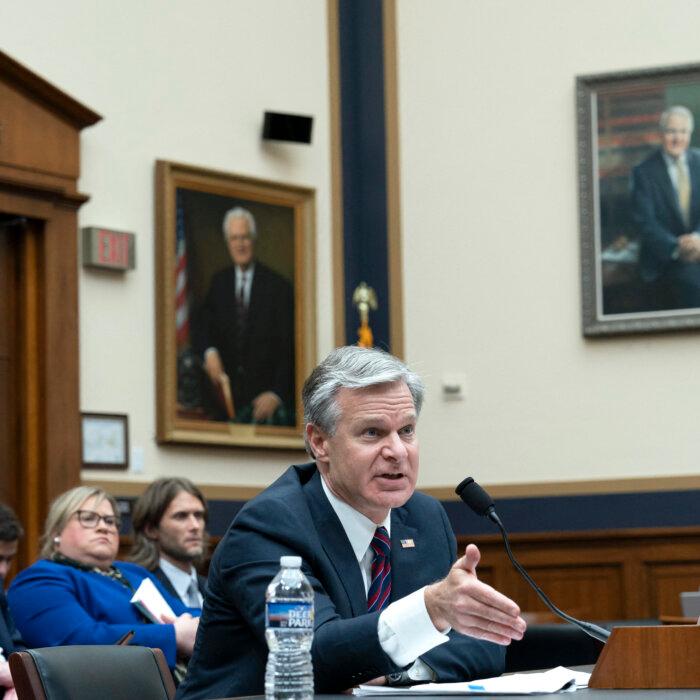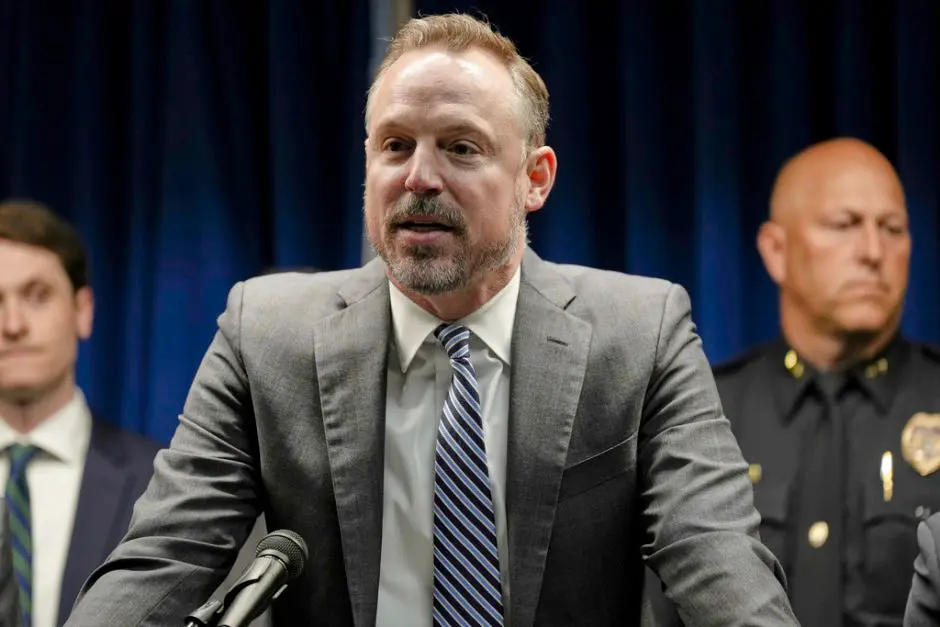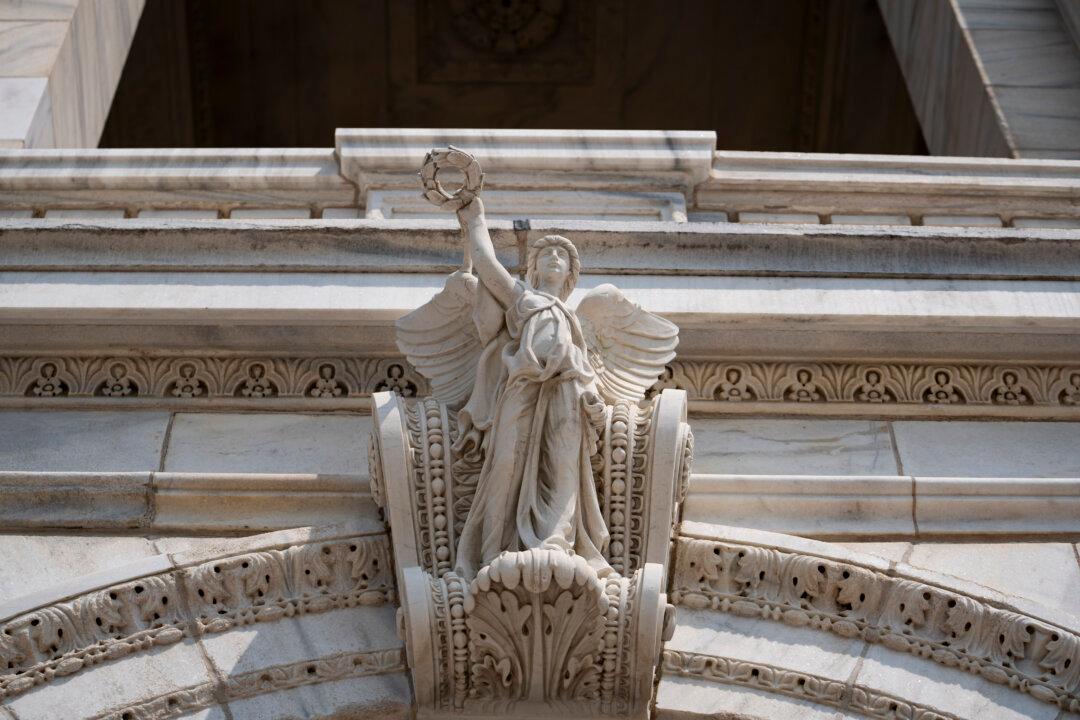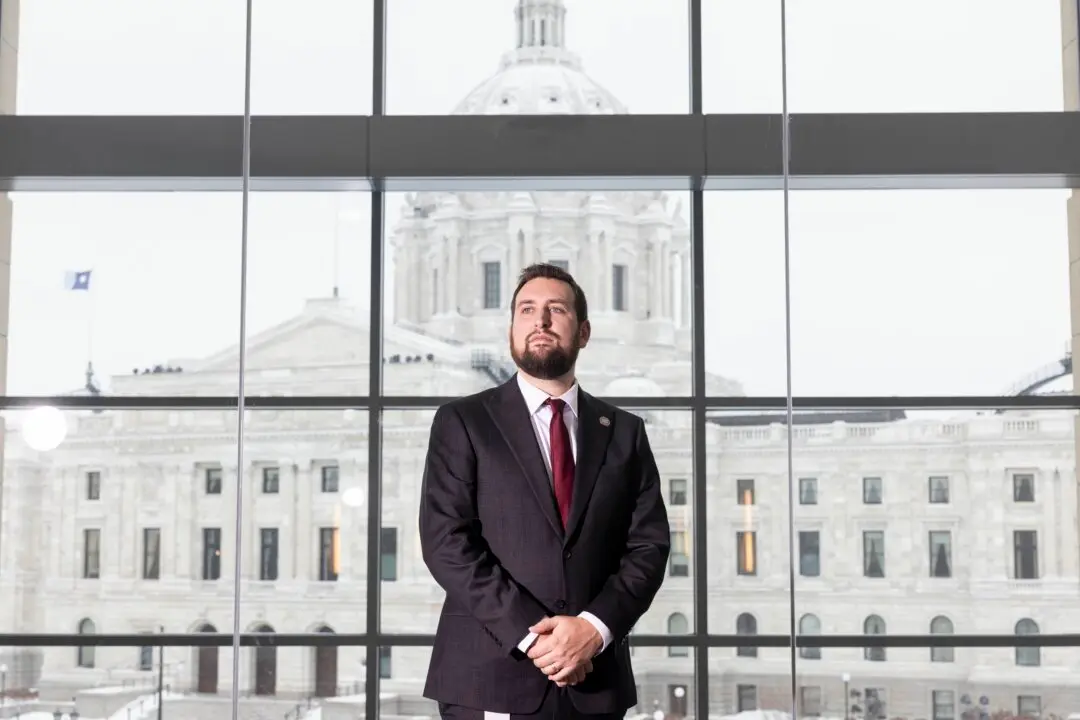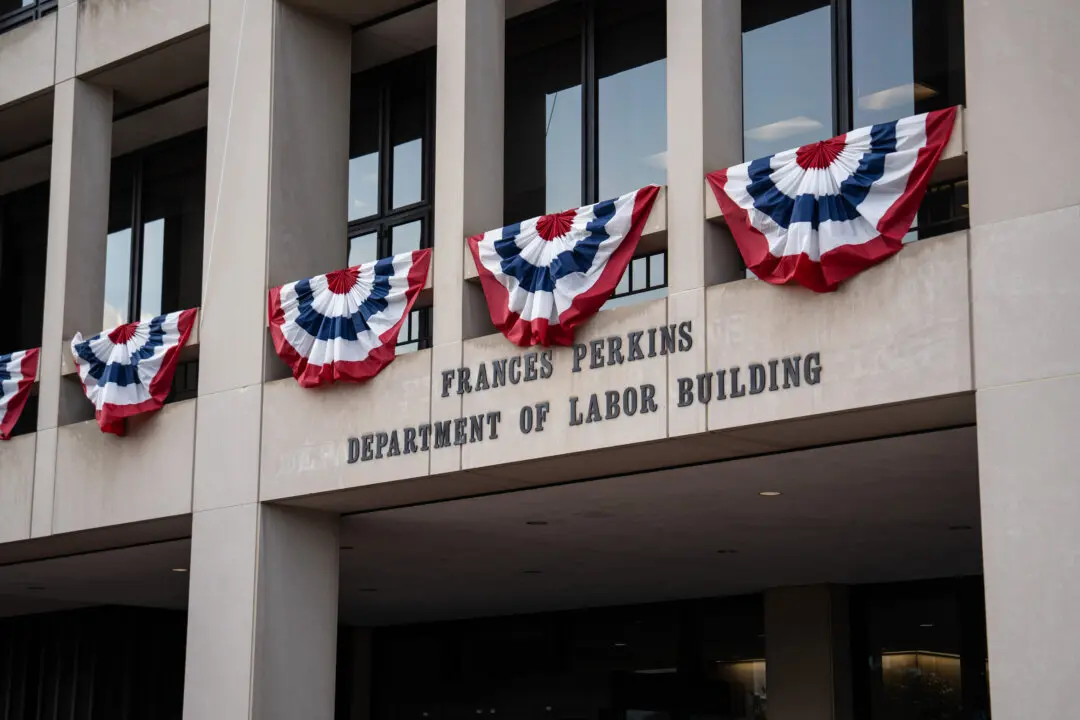BUTLER, Pa.–Trembling beneath a wooden table, I was alone, trapped, and bewildered—even though thousands of spectators surrounded me.
It was just after 6:11 p.m. ET on July 13, 2024. For the first time in my 30-year news career, I was in the midst of an active shooting.
And it was one for the history books: The attempted assassination of former President Donald Trump.
That night, I wrote on social media: “This was not the kind of ‘historic’ event that I ever wanted to cover.” But that was my duty. And it rattled me to my core. I had never been so fearful for my life. Still, I vowed to seek the truth, no matter how ugly it was.
Uneasy Feelings
Five hours before Trump took the stage, I arrived at the Butler Farm Show grounds. I noticed many structures dotting the open, flat area and wondered, “How are they going to secure all of those buildings?”I dismissed that concern at the time. But I now know that Rep. Mike Kelly, whose district includes Butler, was dismayed that this site had been chosen.
The multiple structures presented too many security vulnerabilities, he said during a July 23 congressional hearing.
One of those buildings became the perch for the 20-year-old suspected gunman, Thomas Crooks, less than 150 yards from the podium where Trump would stand.
After I arrived at the press check-in area, a volunteer verified my name on the list of credentialed journalists. But, in a departure from standard practice, I received no badge there. Instead, the volunteer told me to pick it up inside the venue.
‘How Did You Get in Here?’
When I asked a fellow reporter about the credentials, he said, “The Secret Service is handing those out.” I tracked down an officer, showed my ID, got my badge, and began setting up my equipment.
Five minutes later, a female in uniform came to me. She said: “Excuse me, how did you get in here?”
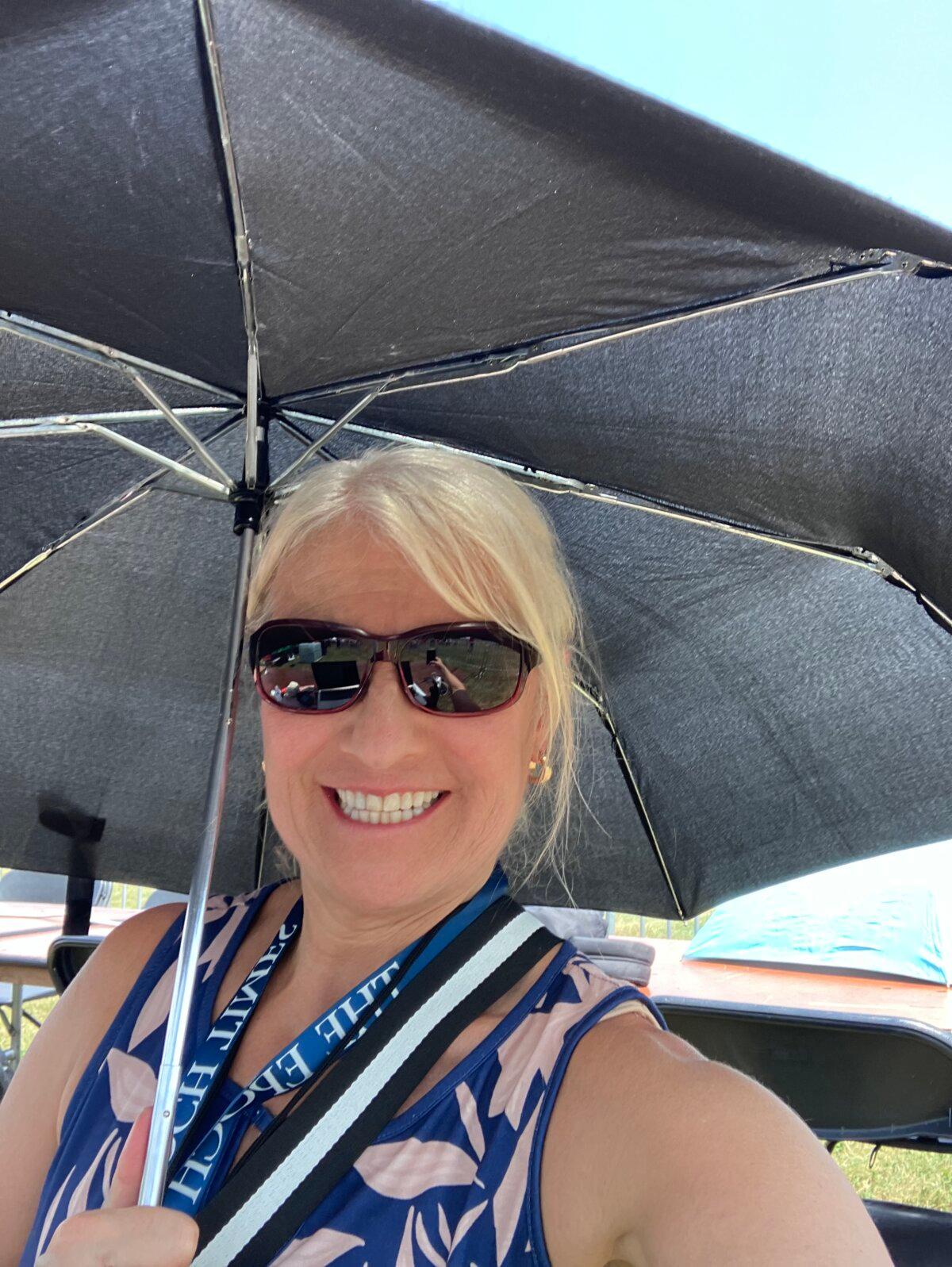
I described my movements; the woman furrowed her brow and said something about checking into that. Then she left.
It didn’t strike me as a big deal, so I did not take note of which agencies those officers represented at the time. But since then, I have wondered whether this apparent miscue was a symptom of larger security issues surrounding the shooting, culminating in the death of a spectator, Corey Comperatore, and injuries to Trump and two others.At the time, I brushed aside my concerns and went to work beneath a black umbrella that shielded me and my electronics from the blazing sun.
Something in the Air
Temperatures soared to 94 degrees. People were sweating profusely, waiting for Trump to speak. Occasionally, a brisk breeze offered relief.
Just before 4 p.m., an hour before Trump was to speak, the wind whipped a giant American flag over itself, creating an unusual shape. “Look, it’s almost like an angel in front of us,” one man said behind me.
I posted a photo of the “angel flag” on social media a few minutes later, mostly because it was a striking image. But I did wonder whether it held some symbolic significance. Later, many people told me they thought it did.
Crews untangled the flag and hoisted it overhead; about 90 minutes later, Trump took the stage.
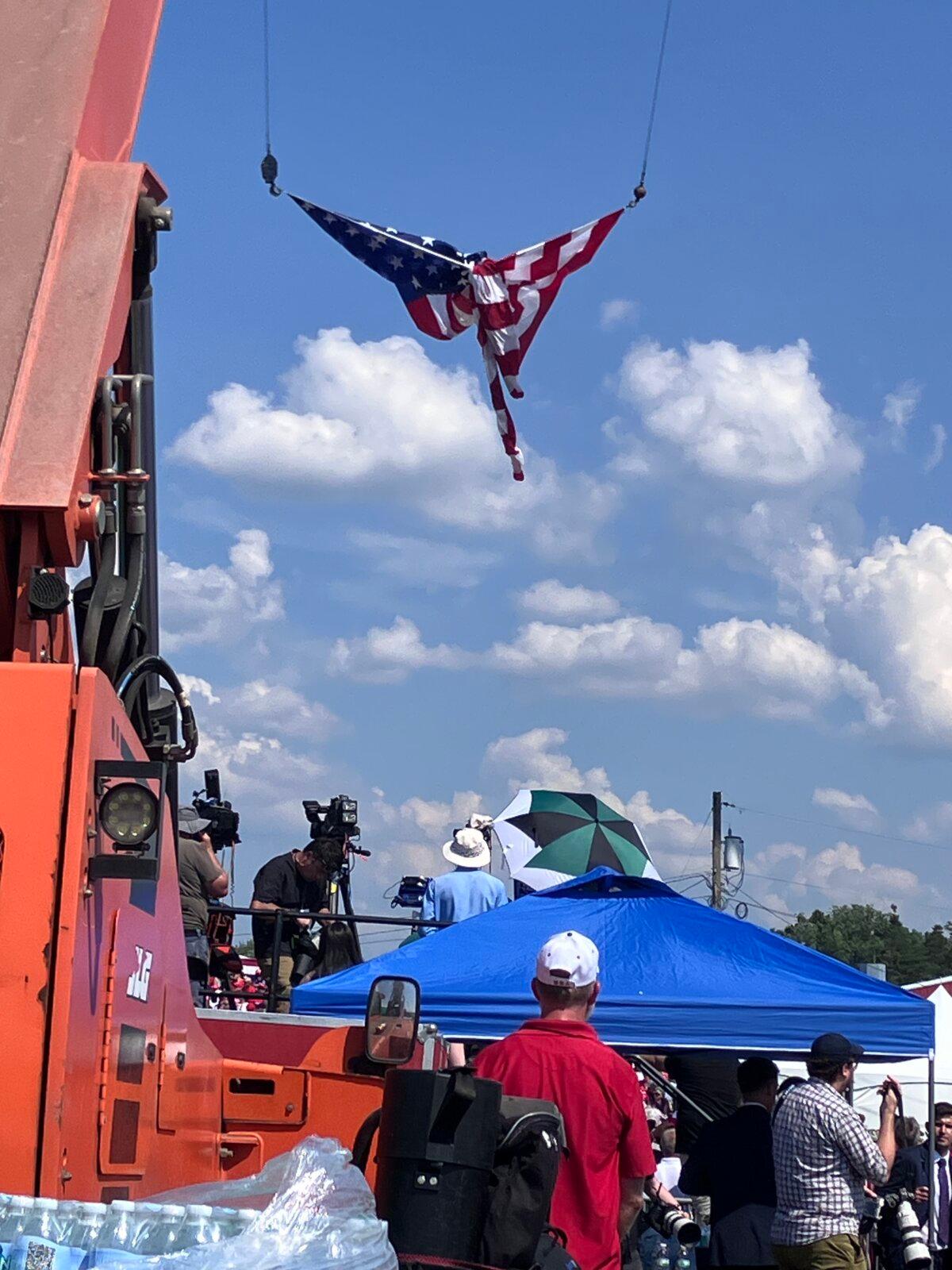
The Shooting
Trump appeared around 6 p.m., an hour later than scheduled.Meanwhile, the would-be assassin was on a rooftop; a handful of spectators had alerted police to this “suspicious” person almost an hour prior to the speech. The crowd and Trump were unaware.
As I normally do, I captured a few images of the crowd’s reaction before settling in for the speech.
Less than 4 minutes into my note-taking, I was startled. I heard firecracker-like “pop-pop-pops.” Sharper-sounding cracks followed. And I realized the terrible truth: This was gunfire.
At the time, it seemed that the second volley came from law enforcement officers’ return fire. But the FBI revealed on July 24 that eight shots came from the would-be assassin’s gun; recordings reveal that about 10 more seconds passed before a counter-sniper’s shot “neutralized” him.
It chilled me to realize that he could have squeezed off more rounds during that timeframe; thank God he didn’t. I’m wondering if we'll ever know why he stopped.
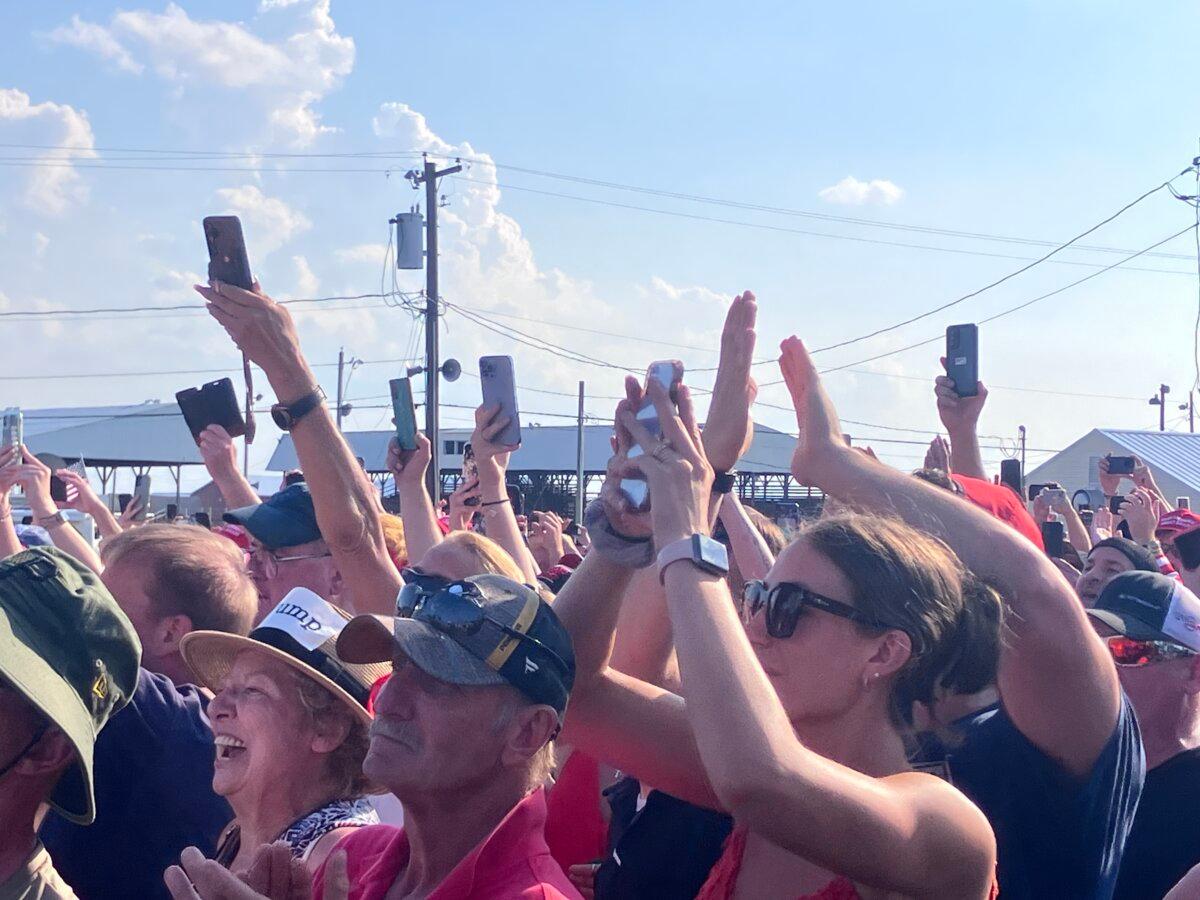
The Border Chart
People started screaming. So did my instincts; “Flee for your life” competed with “stay for the truth.”Someone standing behind me yelled: “Get down! Everybody, get down!”
That’s when I crouched under the table. My heart pounded. I later saw that my Apple watch recorded my heartbeat at 130 beats per minute, double its resting rate.
A tall platform, topped with TV crews and equipment, blocked me and everyone nearby from seeing Trump. We all relied on a large TV screen to watch him. But at the time of the shooting, the jumbo screen displayed an immigration data chart, not him.
That chart saved his life, Trump would later say. He had gone off-script and asked that the chart be shown. He turned his head slightly to look at it. Former White House physician Ronny Jackson says a bullet punctured Trump’s upper ear but missed his skull by a quarter-inch.
At the very rear of the crowd, Logan Reynolds, 27, said he saw many people pivot toward him right after the shots rang out. “I saw over 1,000 faces of terror in one instant,” he told me, adding that he urged people to remain calm.
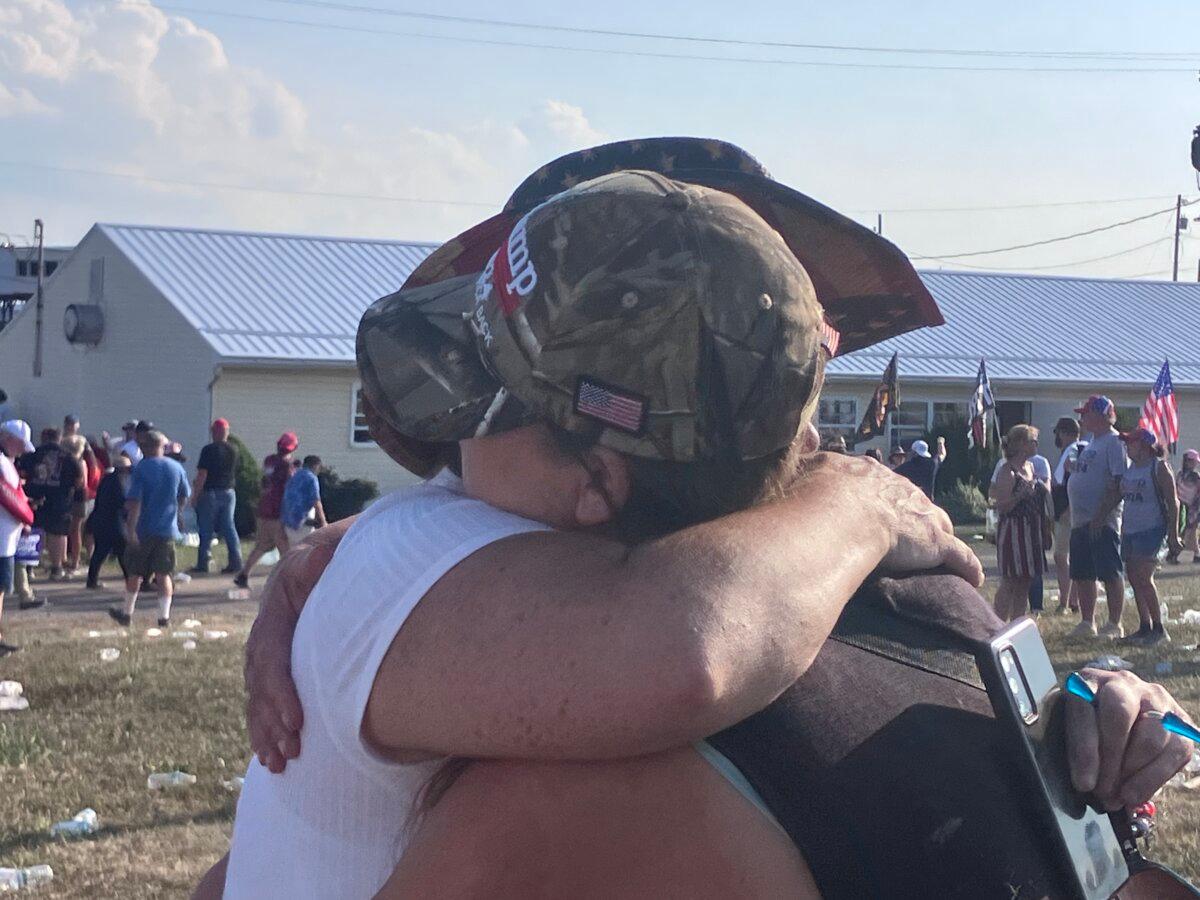
Information Vacuum
Some Trump fans stood their ground and never ducked. Front-row spectators Mike Boatman of Indiana and Erin Autenreith of Pittsburgh both told me that their concern for Trump outweighed regard for their own safety, so they remained seated.Within a couple of minutes of the shooting, a cheer went up from the attendees closest to Trump. No one near me knew that he had just risen to his feet and, with blood running down his face, pumped his fist in the air, urging, “Fight! Fight! Fight!”
Even though we couldn’t see what was happening, hearing the cheers and familiar chants of “USA!” seemed to signal that the danger had passed for the people in my area. I scurried back to my laptop.
At 6:14 p.m., three minutes after the shooting, I transmitted messages to my editor in New York. “I can’t get my phone to work ... I have no idea what is happening ... it sounded like shots fired.”
Still, people near me had no knowledge of what had occurred. Someone said, “It’s a mass shooting,” so I thought a gunman might be firing from within the crowd. The shots sounded too close to my area to have been aimed at Trump, I thought.
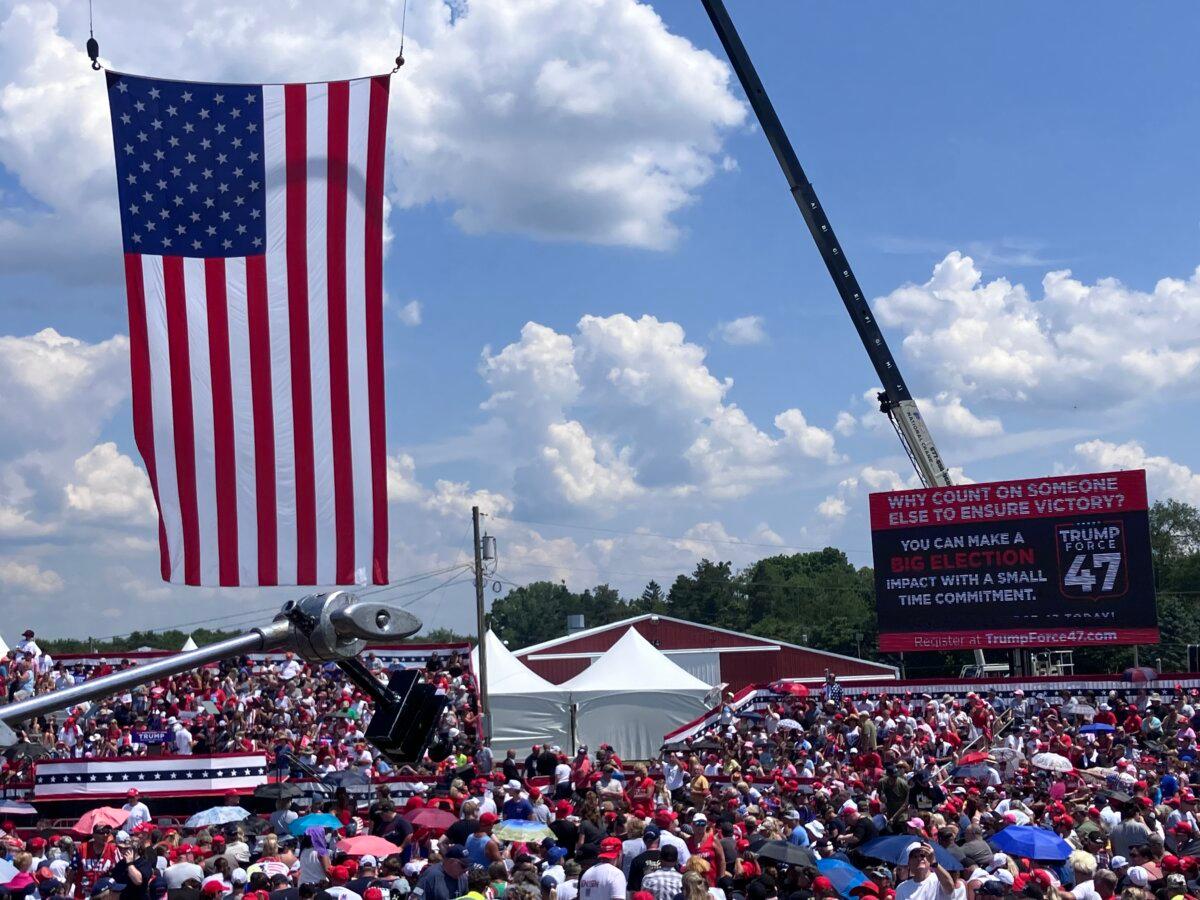
Staying low, I headed toward the TV platform and ducked behind large pieces of equipment; occasionally, I poked my head up to see what was going on.
A man in the crowd yelled to me, “Miss, did they shoot Trump?” My honest response: “I have no idea.”
I had to find out—for sure. I couldn’t assume, as too many people in my profession have sometimes done.
Fear for him, for everyone there, and for our nation consumed me. But I made my way to the front of the press area, asking people: “What happened?”
One person, whose name I didn’t catch, told me: “He may have been shot ... I don’t know, I saw people carried from the podium area.”
Finally, I found people who saw the shooting firsthand and were willing to talk about it.
Officers were telling people to leave; as rallygoers passed the press area, many shouted expletives, blaming the “fake news” for spreading misleading information about Trump, stoking hatred for him.
Those remarks didn’t hurt me because my conscience was clear.
I have adhered to my personal oath: To be as truthful as possible in all of my journalistic endeavors. I made that promise to myself at the age of 12, when I decided this was my chosen profession.
Seeking the truth isn’t always pleasant. On this day, it was painful to look into the eyes of terrified and traumatized people and ask what had happened. I felt like an intruder. But it was so important to memorialize those people’s words.
My internet, phone, and laptop were all malfunctioning, partly because of the intense heat; cellphone calls were likely overloading networks, too. I had gathered news but couldn’t relay it to my editor. I couldn’t even tell my husband I was OK until another reporter loaned me his phone.
As the minutes ticked by, women continued sobbing. A helicopter buzzed overhead. An ATV whizzed past with officers aboard. Police were shouting, “Out! Out! Out!”
Someone said the entire place was now a crime scene, and police became more insistent, yelling to reporters, “Let’s go!”
I was still trying to interview people as I hurried to my vehicle; I finally reached a colleague and relayed to her what had happened.
I felt lucky to be alive, even though I later learned I was not in the direct line of fire.
On my way out, I recognized that my experience pales in comparison to what many others endured that day. I can’t imagine what it was like for people who witnessed the shooting firsthand, for those struck by the bullets, for their loved ones, for those who felt the bullets whizzing past them, and for those who were near the shooting victims.
I also thought about this: Nothing I went through comes close to the danger that military and public safety officers face as they fight to keep our country safe and free. I got a tiny taste of the terror they regularly confront with bravery, and my appreciation for their dedication and sacrifices soared.
Just before I left, I turned around and saw Old Glory dangling over the empty scene of the tragedy—a silent testimonial to American resilience.
